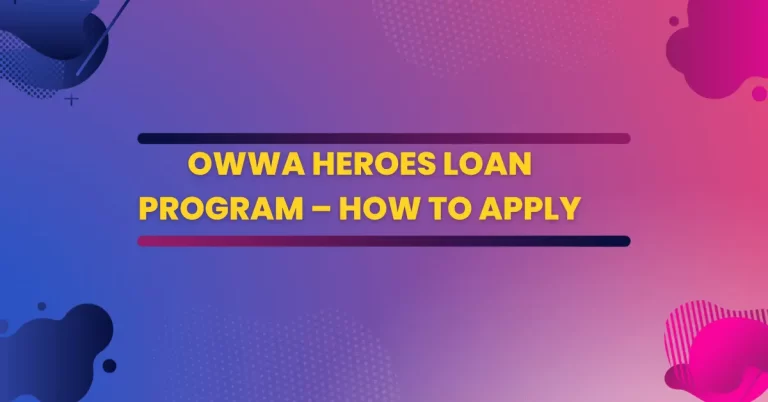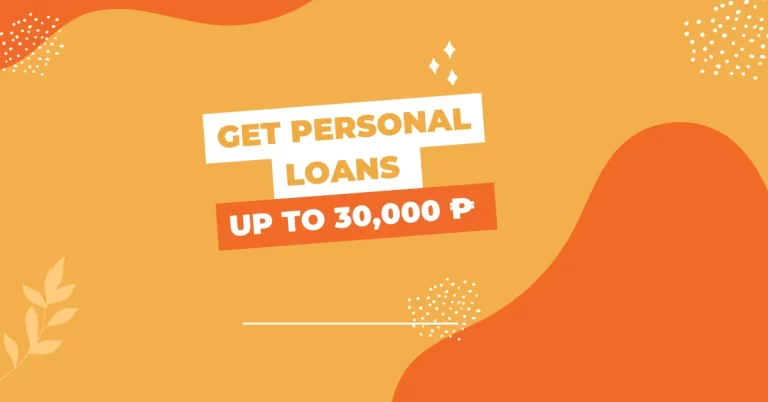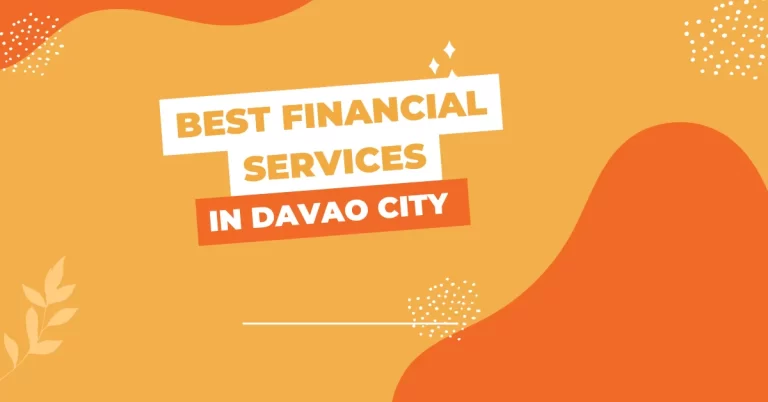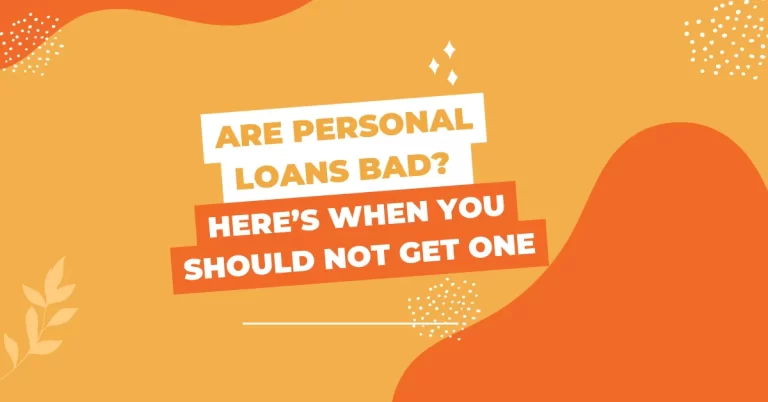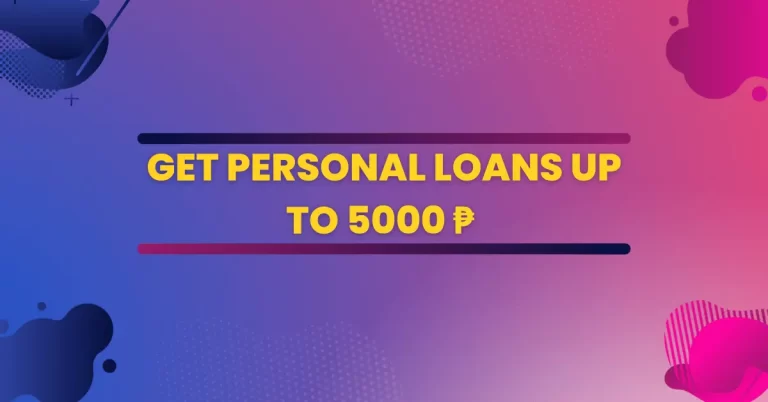12 Personal Loan Tips to Raise Your Chance of Getting Approved
Putting in effort and preparation prior to and during the loan application process may not always guarantee an easy acquisition of funds. This has led to disappointment for many Filipinos who have been repeatedly denied by banks and other lending institutions.12 Personal Loan Tips to Raise Your Chance of Getting Approved
However, this is not a time to lose hope. We have compiled some valuable tips for personal loans that can enhance your chances of approval and suggestions on how to proceed when faced with loan rejection.
12 Personal Loan Tips to Help Improve Your Application in the Philippines
Want to know how to get approved for a personal loan? Check this list first before submitting that application.
1. Be Realistic with Your Numbers
Ensure that you borrow an amount that you can realistically afford to pay back. To determine how much of your salary should be allocated towards loan repayments, you can use the debt-to-income ratio.
The debt-to-income ratio is a comparison between your monthly debt payment and your monthly gross income.
How to Compute Debt-to-Income Ratio
To calculate your debt-to-income ratio, simply divide your monthly total debt payment by your monthly gross income and then multiply the amount by 100.
Debt-to-income ratio = (Monthly total debt payment ÷ Monthly gross income) x 100
To illustrate, suppose you earn ₱25,000 per month and pay ₱10,000 in total monthly debt. In this case, your debt-to-income ratio would be 40%, meaning that you allocate 40% of your income towards paying off debts each month.
It is advisable to maintain a low debt-to-income ratio as lenders may decline your loan request if the ratio is too high. This is one of the essential personal loan tips to consider when applying for a personal loan.
2. Understand the Types of Personal Loans Available
Understand the various kinds of personal loans accessible in the market. There are two main types of personal loans – secured and unsecured loans. So, what’s the contrast?
A secured loan involves using one of your assets, like your vehicle or property, as collateral. If you’re unable to repay the loan, your lender has the authority to seize your asset and sell it to compensate for the amount you owe.
Typically, you can borrow a higher amount with a secured loan, and the interest rates are generally lower.
On the other hand, an unsecured loan doesn’t require collateral. If you miss any repayments or default on the loan, your lender cannot seize any of your assets to cover the outstanding balance.
However, the amount you can borrow with an unsecured loan is usually smaller, and the interest rates may be higher. But, defaulting on an unsecured loan can still impact your credit history.
3. Compare Personal Loans
To avoid feeling overwhelmed when considering personal loans in the Philippines, it’s important to conduct research beforehand. This is one of the key tips to keep in mind. Many financial institutions in the country offer personal loans, so it’s important to know your options.
When applying for a loan, there are several factors to consider, including the interest rate, loan amount, repayment period, and ease of application. According to the Bangko Sentral ng Pilipinas, these are the key things that borrowers should take into account. It’s a good idea to compare loan products based on these factors.
It’s also important to consider your own loan needs and financial situation. Banks will only lend you an amount that you can realistically afford to pay back. When comparing different loan providers, it’s important to ensure that the interest rate, processing fees, and loan term are all realistic and manageable based on your current financial standing.
To learn more about how to compare personal loans, click here.
Check Out Personal Loans from Top Providers in the Philippines
Personal Loan ProvidersMinimum Loan AmountMaximum Loan AmountMinimum Annual IncomeApproval Time
Metrobank Personal Loan
₱20,000₱1 million₱350,0007 days
Citibank Personal Loan
₱100,000₱2 million₱250,000 As fast as 24 hours note: This product is sold by Union Bank of the Philippines, using certain trademarks temporarily under license from Citigroup Inc. and related group entities.
EasyRFC Multi-Purpose Loan
₱10,000 ₱150,000₱120,000As fast as 24 hours Maybank Personal Loan
₱50,000₱1 million₱300,000Apply online in just a few clicks RCBC Bank Personal Loan
₱50,000₱1 million₱360,0005 to 7 banking days
SB Finance Personal Loan
₱30,000₱2 million₱180,0005 banking days CIMB Personal Loan
₱30,000₱1 million₱180,00024 hours HSBC Personal Loan
₱30,000₱500,000 or 3x gross monthly salary, whichever is lower₱168,0005 to 7 banking days BPI Personal Loan
₱20,000
₱300,0005 to 7 banking days CTBC Bank Personal Loan
₱20,000
₱180,0003 to 5 banking days
4. Talk to Various Lenders
To learn more about loan products, you can contact lenders by calling their customer service hotlines or sending inquiries via email. Alternatively, you can visit your local bank and ask about the personal loan application process, repayment schemes, additional fees, terms, and the time frame for approval. This will provide you with a better understanding of the loan you intend to apply for.
If you are too busy to reach out to multiple lenders, you can simplify your search for the best personal loan in the Philippines by using Moneymax’s free comparison platform. This platform not only allows you to compare different personal loans but also makes it easy to apply for a loan.
5. Have Your Personal Loan Application Documents Ready
To prepare for your personal loan application, make sure you gather all the necessary documents beforehand. Each financial institution may have different requirements, so it’s best to contact your preferred lender in advance to obtain a checklist of the necessary items.
You will need to submit a fully completed personal loan application form, a photocopy of a valid ID, and proof of income. Depending on your lender, you may also need to provide additional documentation.
Be sure to review your lender’s eligibility requirements as well. Typically, individuals who are at least 21 years old and either Filipino citizens or foreigners with permanent residency in the Philippines are eligible for personal loans. Some lenders may also have a minimum gross monthly income requirement for loan applications.
6. Check Your Assets and Liabilities
Assets are possessions that belong to you, such as real estate, automobiles, and other investments. On the contrary, liabilities refer to your financial responsibilities, such as credit card bills and mortgages. When you submit a loan application, lenders may consider these factors.
Therefore, it’s advisable to review your outstanding liabilities before seeking a personal loan. Having unpaid debts can harm your credit score, which can limit the amount of money you’re eligible to borrow.
7. Improve Your Credit History
Financial institutions review your credit history to determine whether you are a reliable and responsible borrower. Consistently paying your credit card bills on time each month demonstrates your ability to meet the monthly payments on your loans.
Having a credit card in good standing indicates that you possess the discipline necessary to pay off personal loans that may extend over several years.
To improve your credit history for your personal loan application, consider the following tips:
- Make sure to pay all of your bills on time.
- Pay your bills in full, whenever possible.
- Use only a portion of your credit limit, spending less than what is available to you.
- Maintain older accounts, as longevity plays a role in your credit history.
Avoid external factors that can negatively impact your credit history, such as foreclosure or bankruptcy.
8. Make Sure You Have Proof of Income
To increase your chances of getting approved for a loan, being employed is more advantageous compared to being a freelancer. This is because banks consider employed individuals as having a more stable source of income, making them more financially capable of paying back the loan.
If you are a self-employed individual, the lender may require you to submit the following documents: a copy of your Income Tax Return (ITR), audited financial statements from the past years, and necessary licenses or permits such as a DTI registration certificate or an SEC registration. These documents serve as proof of your earning history and tax compliance.
Whether you are employed or self-employed, it’s important to take note of these personal loan tips. You may also check out Loan Options and Approval Tips for Freelancers in the Philippines for more information.
9. Be a Disciplined Borrower
Financial institutions tend to approve loan applications of borrowers who have various credit types and regularly repay them. This means that if you have multiple credit cards and a car loan, and you pay them all on time each month, it demonstrates that you can handle multiple forms of credit and maintain a favorable credit score.
Nevertheless, it is important not to borrow more than you can afford. If you already have several forms of credit and struggle to make the payments, taking out a personal loan may not be the wisest decision.
10. Use the Lender’s Loan Calculator
To determine your potential loan interest, monthly payment amount, and associated fees, utilize the loan calculator provided by the lender on their official website.
As an example, here is a preview of Security Bank’s loan calculator available online:
Initially, input the desired loan amount. It is essential to only borrow an amount that is both within your means to repay and necessary for your financial requirements. It is not practical to take out a loan for an unnecessary expense.
Next, choose the duration of time over which you wish to repay your loan. The length of your loan period, or tenor, plays a significant role in determining the overall cost of your personal loan.
Finally, review your estimated monthly payment amount.
This tool can calculate your monthly loan payment, which for this example would be ₱3,066 for 12 months on a ₱30,000 loan. Additionally, you can quickly determine the interest accrued over one year.
To calculate the interest, multiply the monthly payment of ₱3,066 by 12 months to get ₱36,792. Then, subtract the principal amount of ₱30,000 to get ₱6,792. Therefore, the loan will accumulate ₱6,792 in interest over one year (or ₱566 per month). Keep in mind that this calculation does not account for late payments or personal loan fees.
11. Improve Your Relationship with the Bank
Building a positive rapport with your bank can aid in assessing your creditworthiness. Holding a credit card may be beneficial, but being a longstanding customer with multiple accounts can also contribute. In certain cases, the amount of funds in your accounts may not be a determining factor. Rather, banks tend to evaluate the duration and reliability of your account activity.
12. Know the Difference Between Good Debt and Bad Debt
To take out a personal loan means that you will owe money to the loan provider. As a borrower, it’s important to consider whether the loan is for good or bad debt.
Good debt refers to borrowing money for something that has the potential to increase your assets in the long term. Examples of good debts include using the money to pay for tuition fees, to advance your career, to renovate your home, or to invest in a business.
On the other hand, bad debt refers to borrowing money for something that will decrease or prevent your asset growth. Examples of bad debts are purchases that lose value over time, such as buying a vehicle, going on a shopping spree, or making unplanned purchases.
It’s essential to identify your goal before taking out a personal loan to determine whether it will be good or bad debt. Borrowing money for something that won’t benefit you financially is not wise and may result in unpaid debt for a prolonged period.
Personal Loan Tips to Speed Up Your Application
The approval time for personal loans can vary depending on the provider and various factors outside of your control. However, you can take certain steps to avoid delays in the approval and disbursement process.
First, check your credit score before applying for a personal loan. This will give you time to address any errors or work on improving your score if needed.
Next, be aware of how you can receive the loan proceeds. Will you pick up a check from the lender’s office or have the funds deposited directly into your bank account or e-wallet?
Preparing all of your financial documents in advance can also help speed up the process. Make sure you have updated documents that serve as proof of your ability to repay the loan, such as your latest income tax return, valid identification, and a completed personal loan application form.
If you’re applying for an unsecured loan without collateral, or if it’s required by the lender, you may need a willing guarantor or co-borrower to sign the loan application with you. They will also need to provide the same financial documents as the principal borrower.
Lastly, it’s a good idea to plan out your loan payments in advance. Consider finding additional sources of income to ensure that you can keep up with your loan payments even if your current salary changes.
What to Do When Your Loan Application is Denied
In case your loan application is not approved, here are some more tips for personal loans that can increase your chances of approval when you apply again:
- Prioritize paying off your debts when you receive a lump sum of money, like a bonus or 13th-month pay.
- Consider applying for a secured loan if you have collateral to offer.
- Inquire about other types of loans that you may be eligible for.
- Explore loan options from other lenders.
- Double-check the documents you have submitted.
Look for ways to increase your income through side jobs or other means.
Final Thoughts
To be granted a personal loan in the Philippines with favorable payment terms and a low interest rate is a valuable opportunity. However, it takes time and effort to establish a good credit history that demonstrates to lenders that you are a reliable borrower. This journey necessitates self-discipline.
One way to commence this process is by adhering to the suggestions outlined in this article. Once you’ve been granted your loan, it’s essential to create an effective budget and repayment strategy to reduce your debt and qualify for larger financial prospects in the future.

